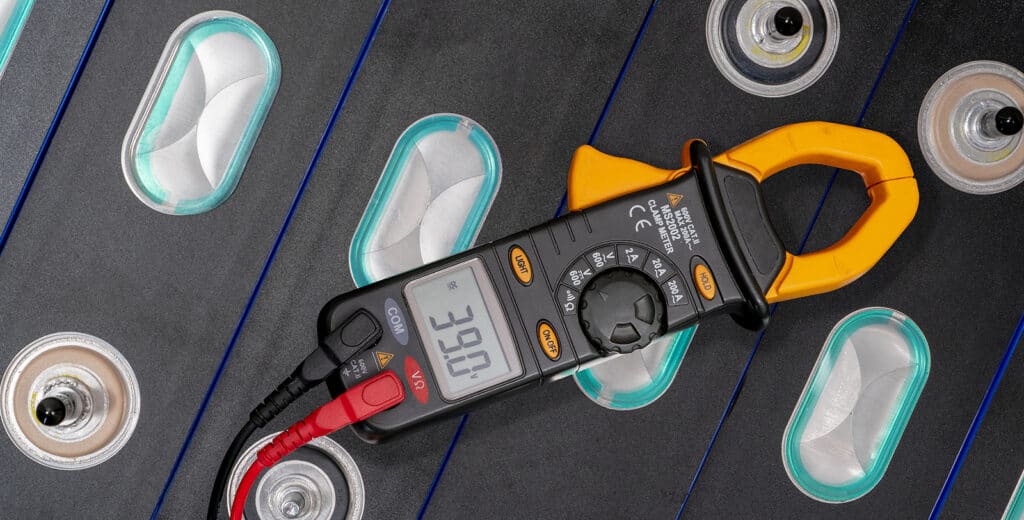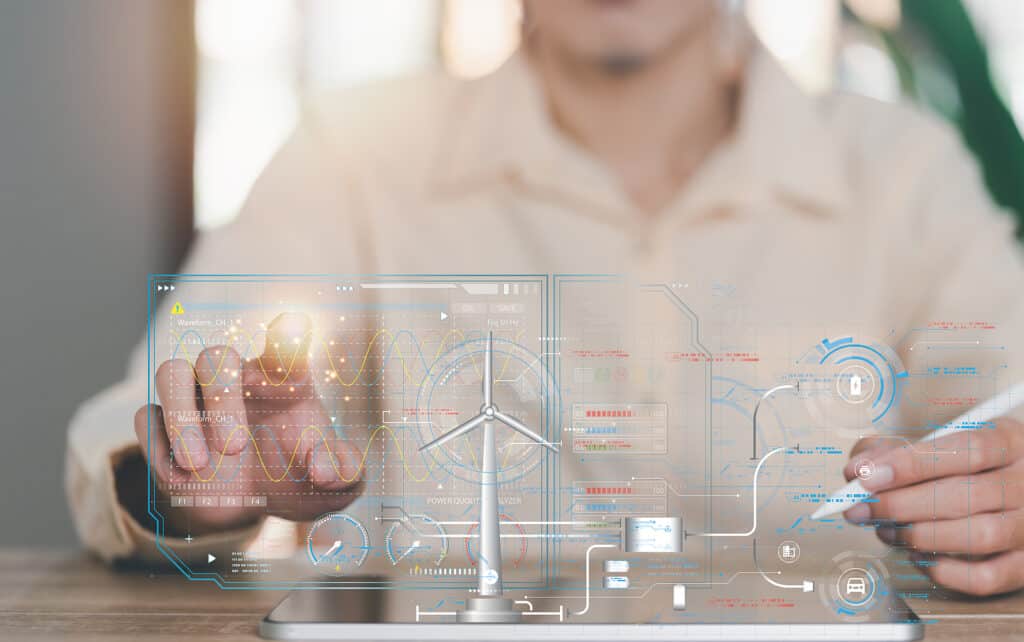The Role of Energy Storage in a Sustainable Energy Future
The world is rapidly moving towards a sustainable energy future as the impacts of climate change become more apparent. Renewable energy sources, such as solar and wind, have become increasingly popular as they offer a clean and reliable source of energy that does not contribute to greenhouse gas emissions. However, these sources of energy are variable and intermittent, which makes it challenging to balance supply and demand.
This is where energy storage comes in. Energy storage plays a critical role in a sustainable energy future by providing a solution to the problem of variable and intermittent renewable energy sources. In this article, we will explore the role of energy storage in a sustainable energy future and how it can help us achieve our goals of reducing greenhouse gas emissions and creating a cleaner and more sustainable future.
The Importance of Energy Storage

Energy storage refers to the use of technology to store excess energy produced during times of low demand, so that it can be used when demand is high. Energy storage is essential for balancing the supply and demand of energy in a sustainable energy future. This is because renewable energy sources, such as solar and wind, are dependent on weather conditions and are therefore variable and intermittent.
Energy storage enables us to store energy during times of excess production, such as during the day when solar panels are producing more energy than is being consumed, and use it during times of high demand, such as in the evening when people are coming home from work and turning on their lights and appliances.
There are several types of energy storage technologies, including batteries, pumped hydro storage, and compressed air energy storage. Each technology has its own unique advantages and disadvantages, and the choice of technology will depend on the specific needs of the energy system.
The Benefits of Energy Storage
Energy storage provides several benefits in a sustainable energy future. Firstly, it enables us to increase the penetration of renewable energy sources, such as solar and wind, in the energy mix. This is because energy storage helps to address the issue of variability and intermittency of renewable energy sources, which can make it difficult to integrate them into the energy system.
Secondly, energy storage can improve the reliability and stability of the energy system. By storing excess energy during times of low demand and using it during times of high demand, energy storage can help to balance the supply and demand of energy, which can reduce the risk of blackouts and brownouts.
Thirdly, energy storage can help to reduce greenhouse gas emissions. By increasing the penetration of renewable energy sources and balancing the supply and demand of energy, energy storage can help to reduce our reliance on fossil fuels, which are the primary source of greenhouse gas emissions.
The Challenges of Energy Storage
While energy storage provides many benefits in a sustainable energy future, there are also several challenges that need to be addressed. One of the main challenges is the cost of energy storage technologies. While the cost of energy storage has been declining in recent years, it is still relatively expensive compared to other forms of energy generation and storage.
Another challenge is the limited capacity of energy storage technologies. While energy storage can help to balance the supply and demand of energy, it is not a complete solution to the problem of variable and intermittent renewable energy sources. In order to fully integrate renewable energy sources into the energy system, we will need to develop other technologies, such as smart grids and demand response, that can help to manage energy demand in real-time.
Finally, there are also challenges related to the environmental impacts of energy storage technologies. For example, the production and disposal of batteries can have negative environmental impacts, and the construction of large-scale energy storage facilities can have a significant impact on local ecosystems and communities.
The Future of Energy Storage

Despite the challenges, the future of energy storage looks bright. The cost of energy storage technologies is expected to continue to decline, which will
make them more accessible and affordable. Additionally, advances in technology and research are leading to the development of new and innovative energy storage solutions, such as flow batteries, which can provide long-duration energy storage at a lower cost.
Furthermore, energy storage is expected to play an increasingly important role in the energy system as the penetration of renewable energy sources continues to grow. According to the International Energy Agency, energy storage capacity is expected to increase by a factor of 15 by 2040, reaching 1,095 GW.
In order to fully realize the potential of energy storage in a sustainable energy future, there are several steps that need to be taken. Firstly, there needs to be a greater focus on research and development to improve the performance and reduce the cost of energy storage technologies.
Secondly, there needs to be a greater focus on integrating energy storage into the energy system. This will require the development of new policies and regulations that incentivize the deployment of energy storage, as well as the development of new business models that enable energy storage to be profitable.
Finally, there needs to be a greater focus on public education and awareness about the benefits of energy storage. By educating the public about the importance of energy storage in a sustainable energy future, we can help to build support for the development and deployment of energy storage technologies.
Conclusion
Energy storage plays a critical role in a sustainable energy future. It enables us to increase the penetration of renewable energy sources, improve the reliability and stability of the energy system, and reduce greenhouse gas emissions. While there are several challenges that need to be addressed, the future of energy storage looks bright, with advances in technology and research leading to the development of new and innovative energy storage solutions.
By taking steps to improve the performance and reduce the cost of energy storage technologies, integrate energy storage into the energy system, and educate the public about the benefits of energy storage, we can help to create a cleaner and more sustainable future. With the continued development and deployment of energy storage technologies, we can build a world where renewable energy sources are the dominant source of energy, and greenhouse gas emissions are a thing of the past.
Sources:
https://www.nrel.gov/research/energy_storage_systems.html
https://www.energystorage.org/applications/grid-services/demand-response

